We journeyed north the following day to go to Braga, one of the oldest Christian cities in the world, the oldest in Portugal, and nicknamed the “Portuguese Rome.”
Our main stop is the Santuário Bom Jesus do Monte (Good Jesus of the Mount Sanctuary) located on the hillside of Tenoes, outside the main city of Braga. We drove straight to the church perched on the slopes of Mount Espinho more than 300 feet above the ground and surrounded by lush forests.
Our Tour Director said that aside from motor vehicles, the sanctuary is also accessible to pilgrims from the base of the mountain by funicular or by foot through a magnificent stairway, which is a series of Baroque staircases laid out in a zigzag shape and is known as the “Sacred Way.”
The "Sacred Way" is centred on the Via Crucis (Way of the Cross). It divided into three sections - the Portico Stairway, the Five Senses Stairway, and the Three Virtues Stairway. Each section features symbolic fountains dedicated to the wounds of Christ; the senses of sight, smell, sound, touch, and taste; and the three theological virtues of faith, hope, and charity.
The climb could easily set one on a meditative and prayerful state with the help of the shrines/mini-chapels, religious statues, and sacred fountains along the way, all emblematic of faith, virtues, and the Passion of Christ. I could understand why it is the ultimate Via Crucis, especially during Lent, when the summer heat, the steep uphill climb, and the images reminding the faithful of Christ's suffering, bring about repentance and purification. Our Tour Director mentioned that some devout pilgrims climb these stairs not just on foot, but on their hands and knees, especially during the Holy Week. Imagine doing that under the scorching sun! That is indeed a considerable sacrifice for Lenten penitents. The ascent culminates at the very top of the hill, where the church stands.
Since we started from the top, our journey was naturally reversed. We descended down the stairs instead of climbing up. We stopped at each of the higher-level landings and admired the Baroque-style statues, fountains, and decorations. We were even surprised to find complete 3D scenes from the Stations of the Cross and other Biblical events inside some of the shrines/mini-chapels,. You could certainly appreciate the effort put into building this sanctuary.
We did not have enough time to go all the way to the bottom nor to ride the funicular, which we were told, was an impressive piece of 19th-century engineering powered by a water system that takes pilgrims up or down the entire slope in just three minutes. It is also the oldest funicular in the entire Iberian Peninsula. Too bad! A ride on this ancient funicular would have been a unique experience.
On my descent, I stopped about three-quarters down before I turned around and climbed the stairs again. (Believe me, going down took a lot of effort under the sweltering heat...and going back up was double the effort. At that moment, I understood and was grateful that our Tour Director planned our journey that way, instead of making all of us climb the stairs from the base to the top...577 steps in total along a steep incline! I couldn't imagine my elderly companions surviving the trek! In fact, most of them just stayed upstairs or just descended down the first level).
From the vantage point, I could see the white and gold cascading pattern of the staircases ending with the chalice-shaped church on top. This is indeed Portugal's very own "stairway to heaven." The staircases are actually made of dark granite with some parts covered in white plaster, but under the glistening sun, they looked more like a line-up of sparkling scallops or a string of paper fans. I imagined an even nicer view all the way from the bottom of the mountain, but I had to content myself with just getting a nice postcard with a panoramic shot of the whole complex. After all, my camera was not good enough to capture the entire picture in all its magnificent glory.
Back at the top, I wandered around the grounds which were turned into several squares, and at the time of our visit, all resplendent with flower beds and summer blossoms of every colour in full bloom. The lookout provided sweeping views of the city of Braga, as well as the beaches of Esposende and Viana do Castelo from every angle.
Religious statues, saints and Bibilical characters alike, dot the squares. The most famous square is the Largo do Pelicano (Pelican Square), named after the waterfall fountain in its courtyard. This square was the site of the original church, which was a lot smaller than the present-day cathedral. The most famous statue, on the other hand, is that of São Longuinhos atop his horse. He was one of the soldiers present at the Crucifixion of Christ, who was later converted and became a defender the faith. The equestrian statue is said to be the only one of its kind that is entirely made of stone. Legend has it that if a girl walks around its base three times in complete silence, she will get married within the year. I did not "test" this as I was already married with a kid at the time of my visit.
The church, now elevated into a Basilica, has a façade that is a spectacular masterpiece of European Baroque characterized by its twin towers. Inside, there is a vaulted nave with six rectilineal windows. The transept features a dome adorned with the statues of the four doctors of the church. The main altar, topped by a golden baldachin, features the Crucifixion scene, with terra cotta sculptures so lifelike that they reminded me of the exhibits at a premium wax museum. The Passion diorama features not only the main characters – Jesus, Mary, and the Apostle John the Beloved, but also the other Marys and several Roman soldiers holding their spears and swords. The dramatic backlighting and the red curtains cascading down both sides of the Crucified Christ truly make this tableau a remarkable focal point of the church.
On each side are smaller chapels - the Blessed Sacrament Chapel and the Chapel of the Reliquaries that contain the remains of St. Clement, a Roman soldier martyred in the third century. Above his sarcophagus is a collection of minor reliquaries from the Four Evangelists, St. Lucy, St. Francis, St. Ignatius of Loyola, St. Anthony of Padua, and St. Thomas Aquinas.
Beside the church is a Grotto with a lovely gazebo on top. It is surrounded by a small garden with small pathways snaking through the well-trimmed grass, flowering bushes, and swinging vines. Underneath is an artificial cave. It would have been the perfect place to sit down, have a snack or just a cup of coffee, and enjoy the cool breeze and breathtaking views, but we only had a few minutes left. After taking a few pictures, I rushed to the souvenir store to get some postcards and magnets. The store, housed in an old building, used to function as a museum, a national guard post, and a library.
On our way out, I noticed a row of accommodation houses. Our Tour Director said this sanctuary is a popular retreat site and that it hosts pilgrim groups all year round. There are actually four small hotels, including the one I saw, that are officially part of the complex. Each of them has either a restaurant or a bar inside and a few other amenities. They may look plain outside, but they are all four-star rated and come with spectacular views of the city of Braga. I made a note to myself that if I ever decide to go on an extended spiritual retreat in the near future, I would definitely consider this place.
Photo Credits:
visitportugal.com, luxeadventuretraveler.com, travel-in-portugal.com, worldheritage.org, viajonarios.com, bomjesus.pt, Wikimedia - Joseolgon



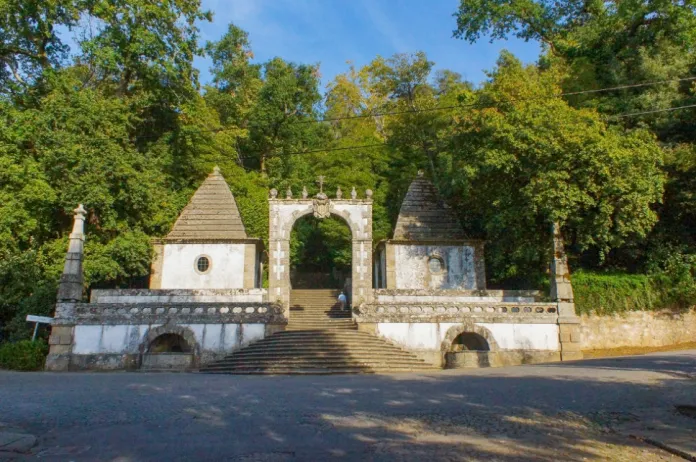














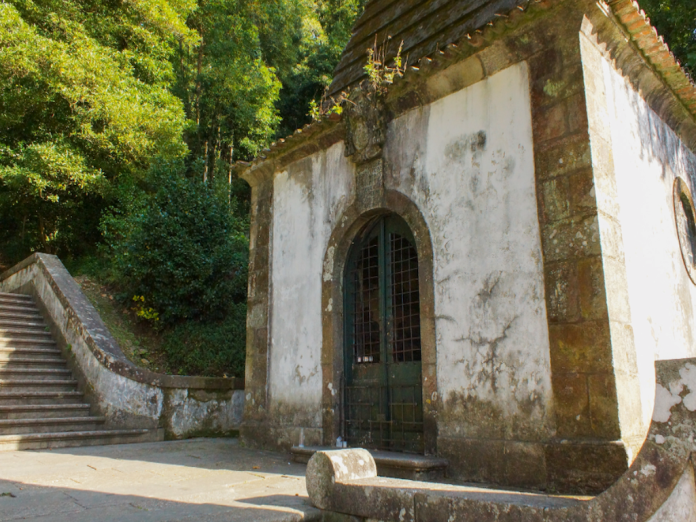
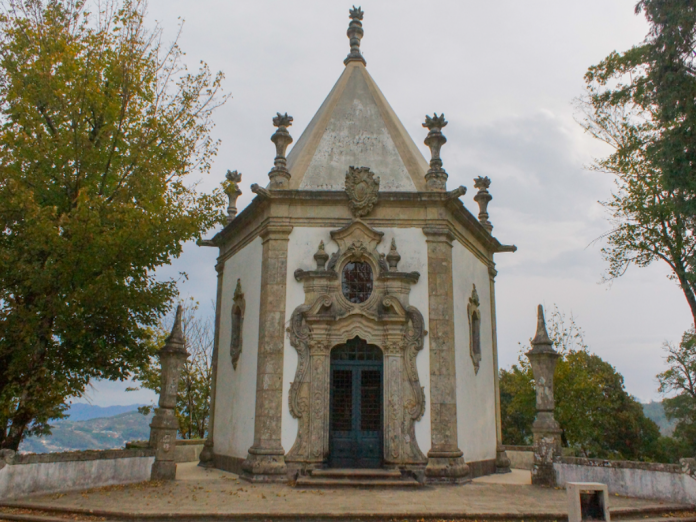
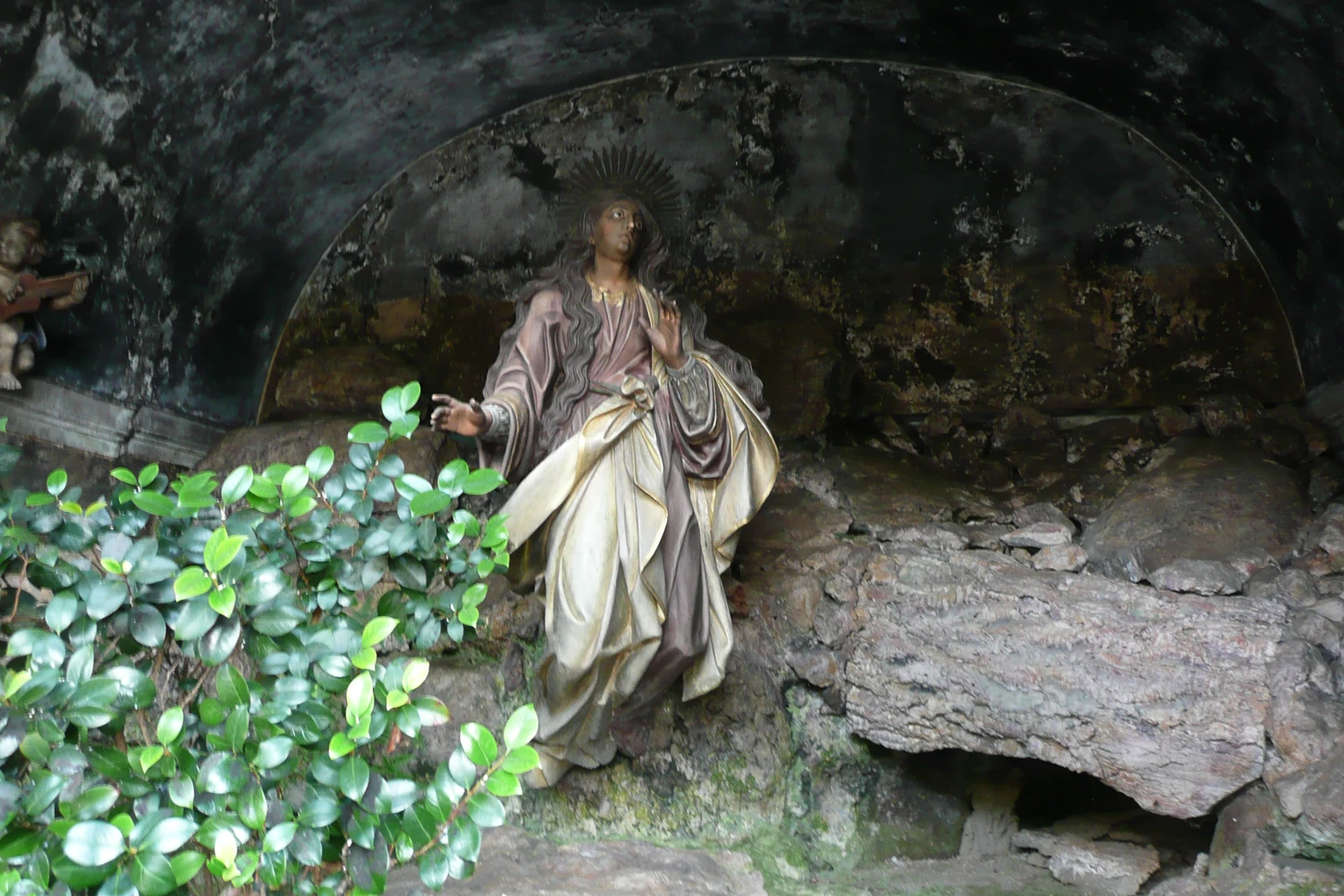



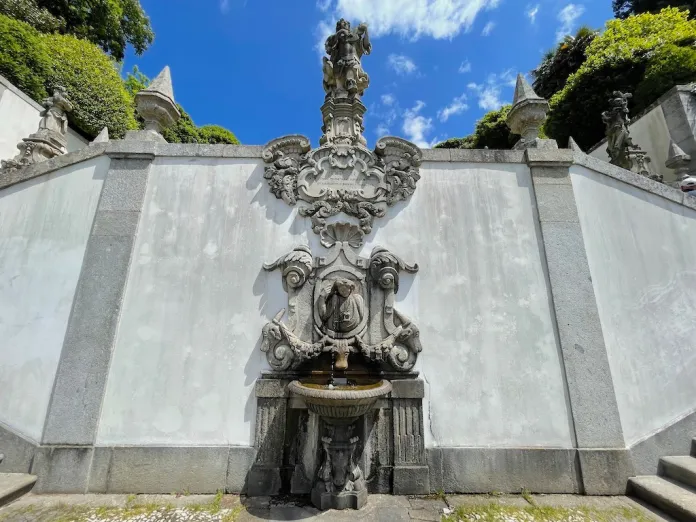


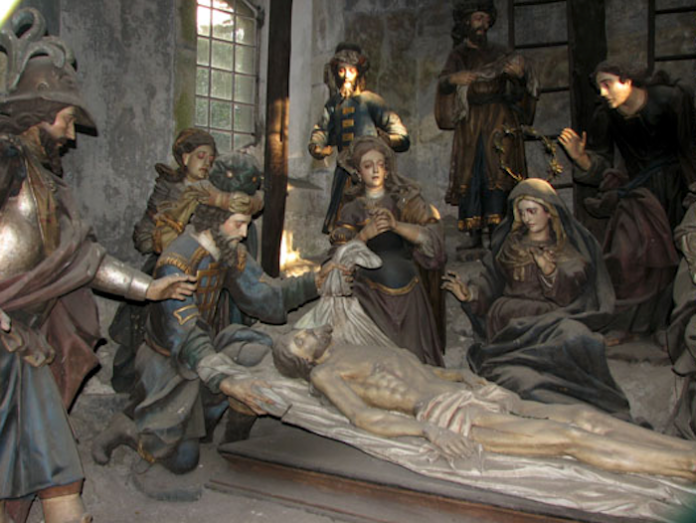
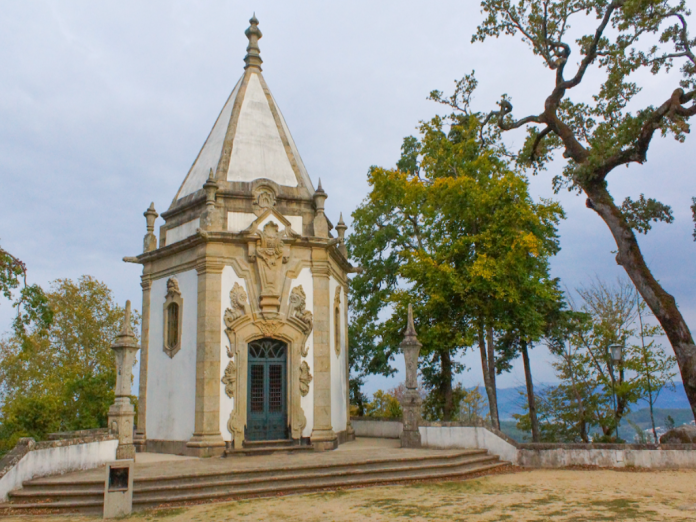
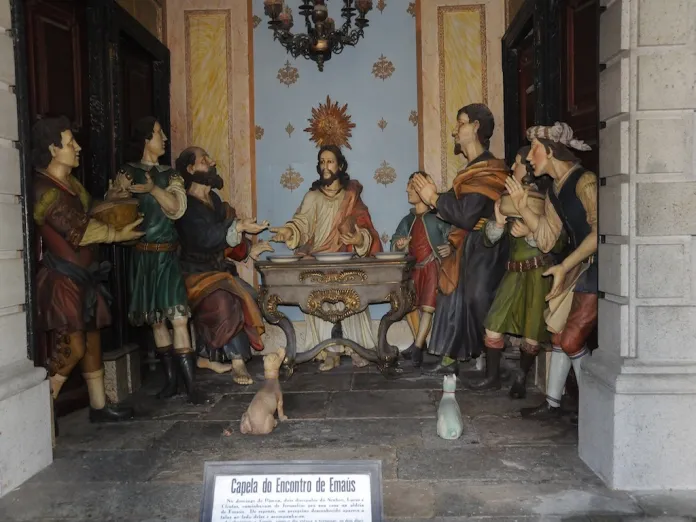
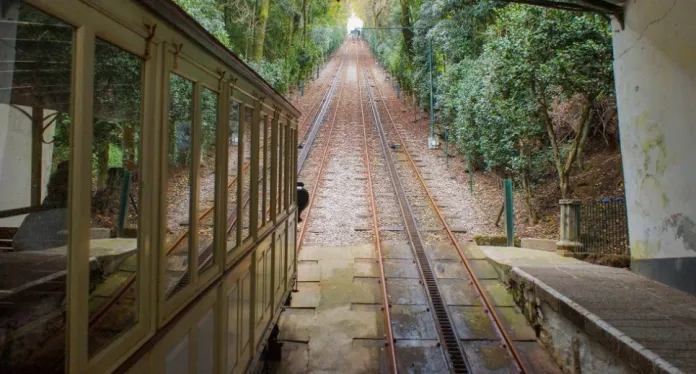








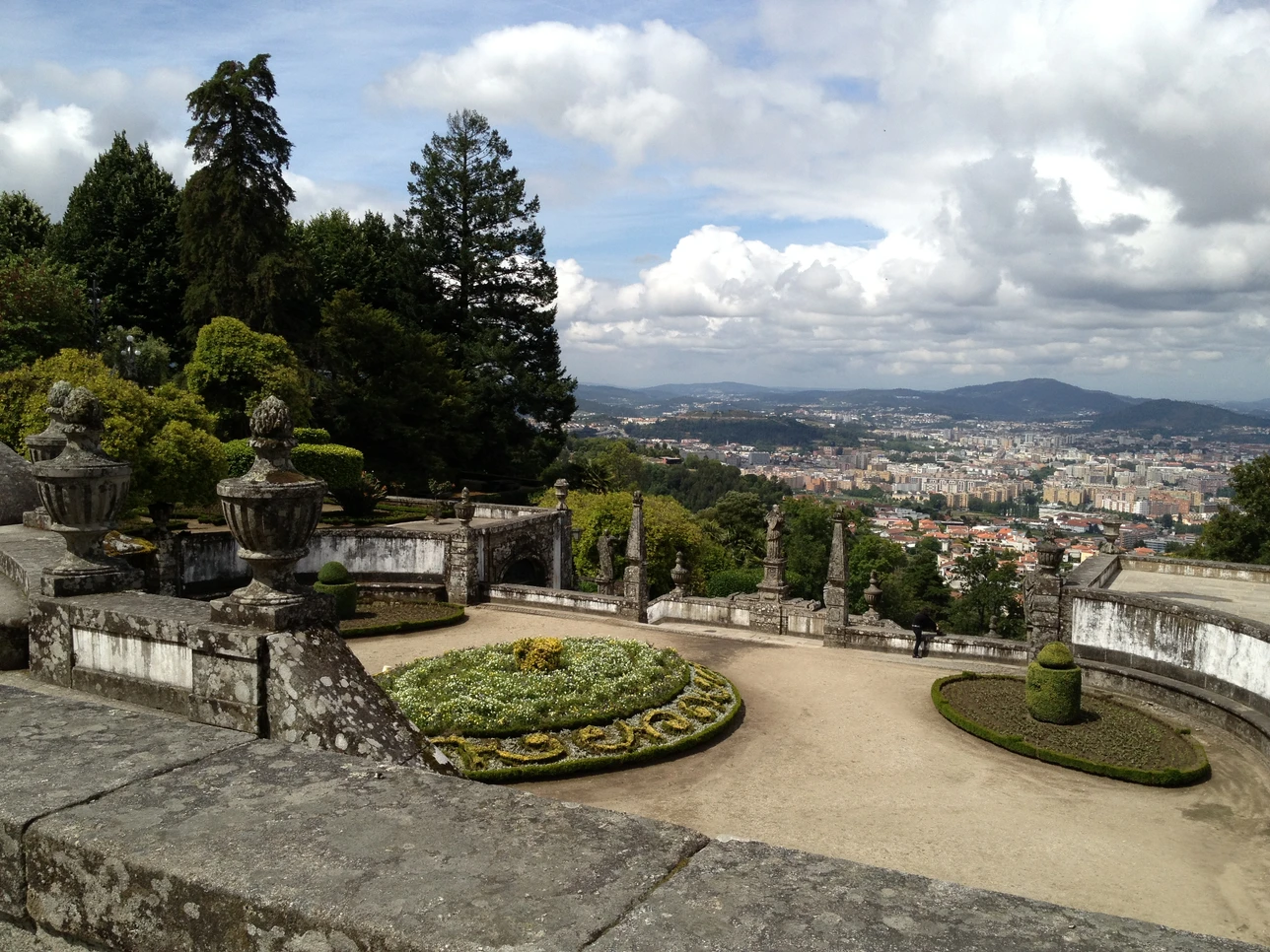
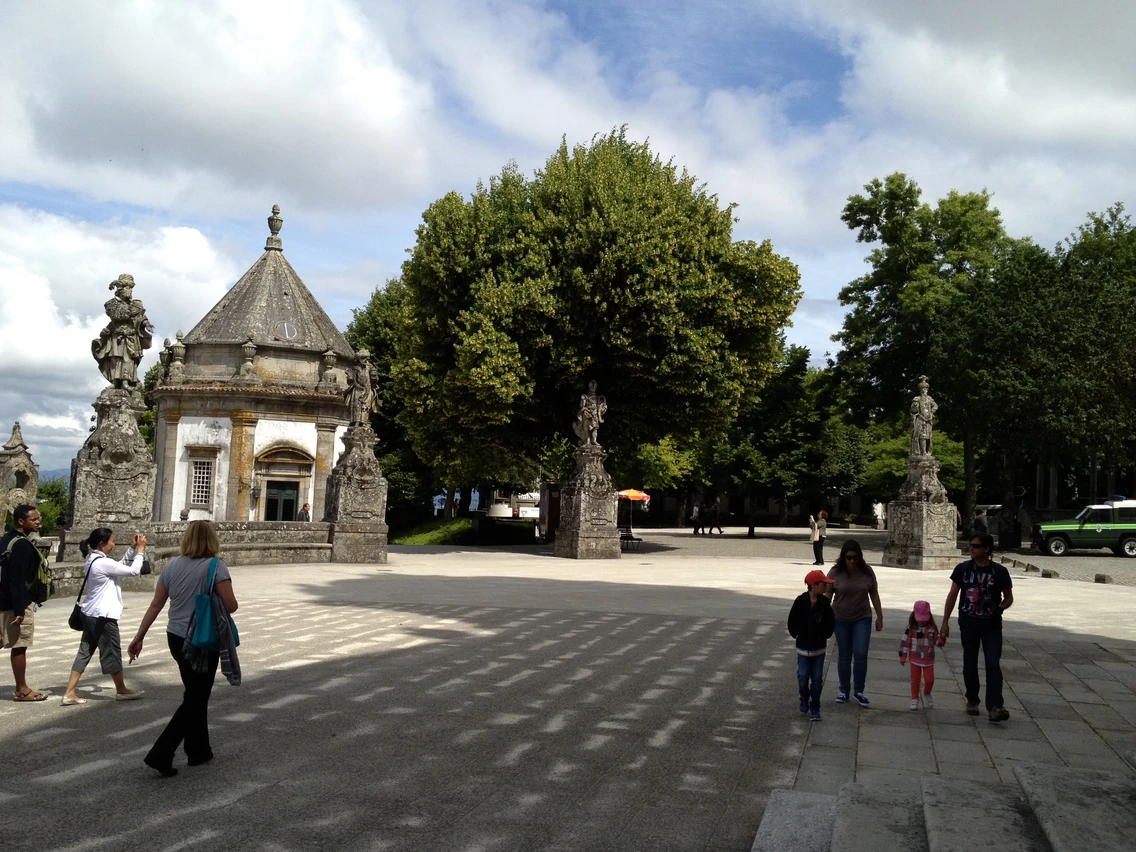
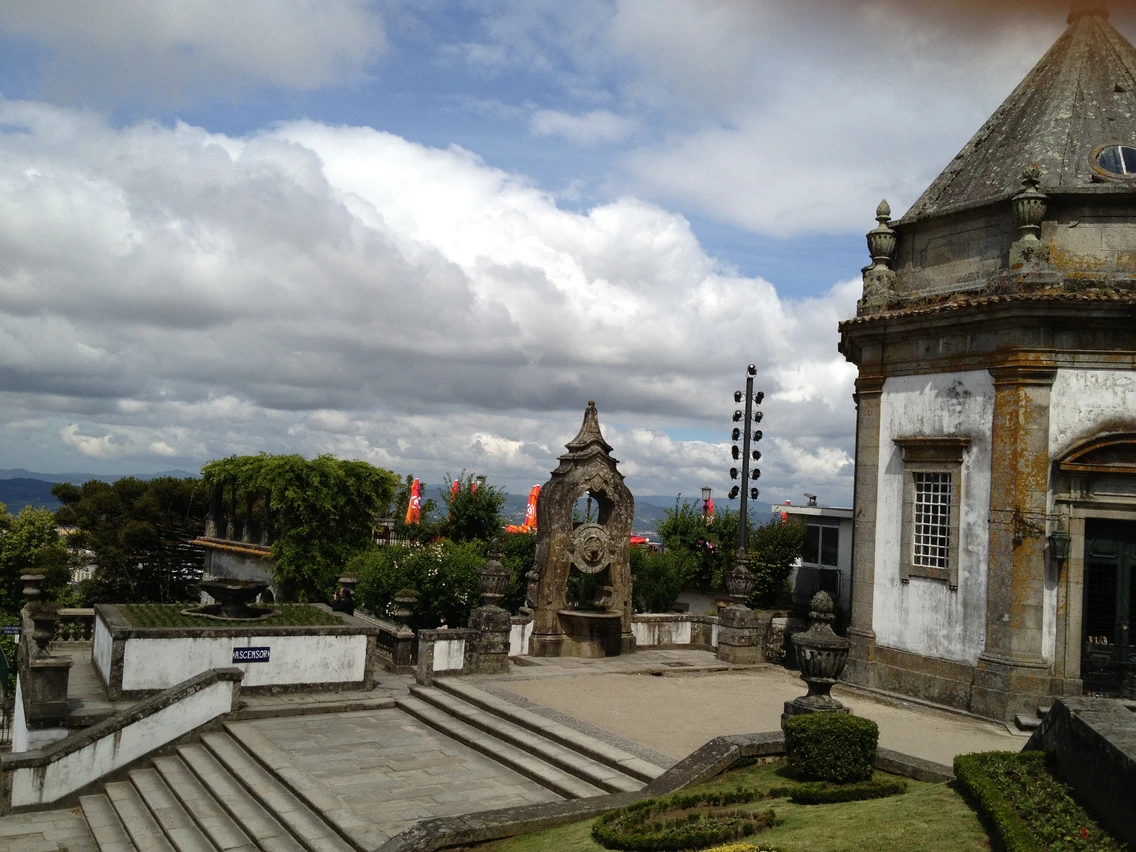






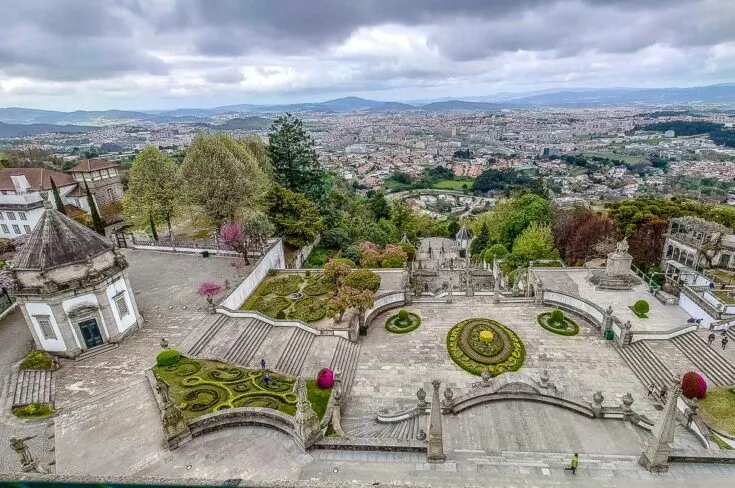










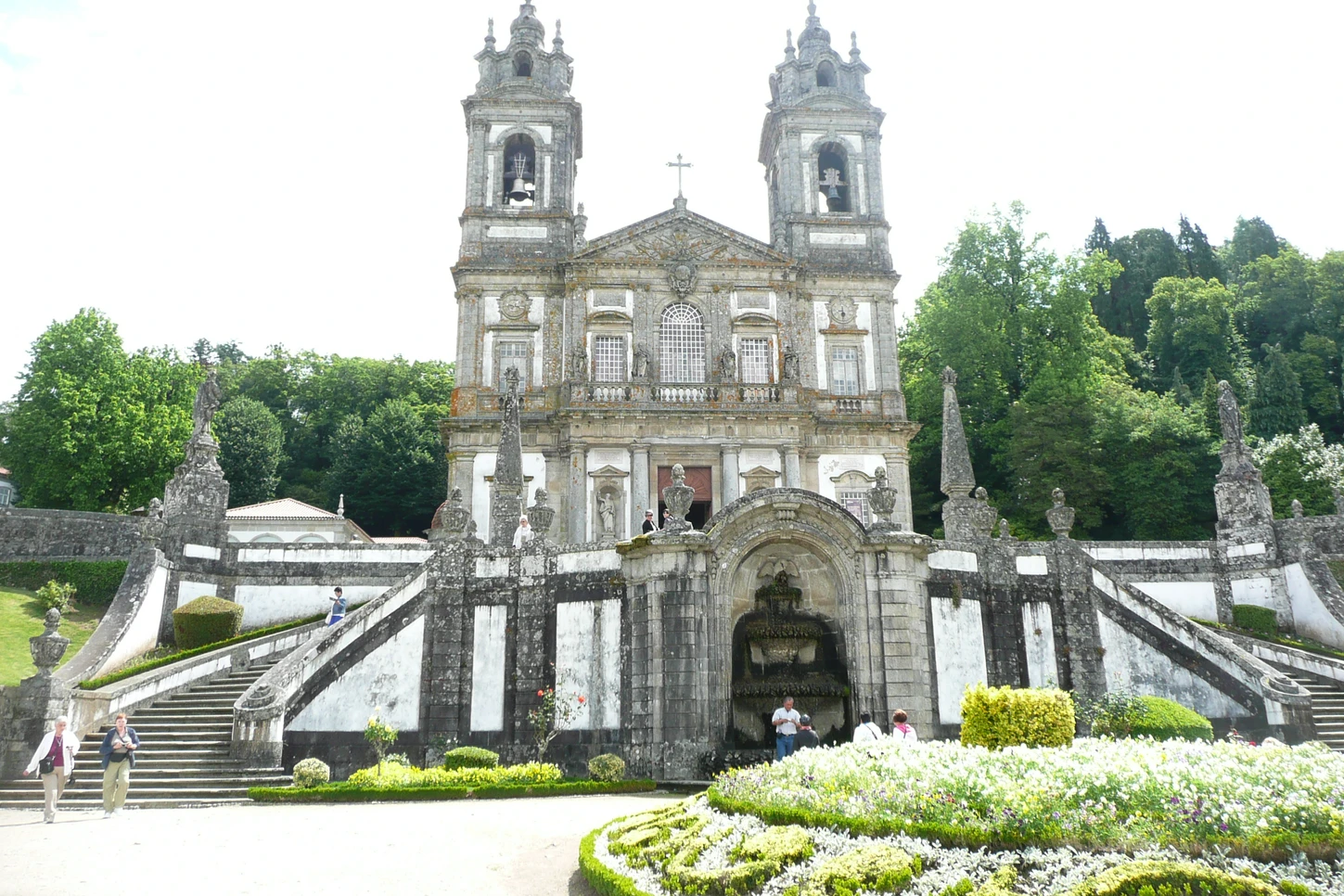
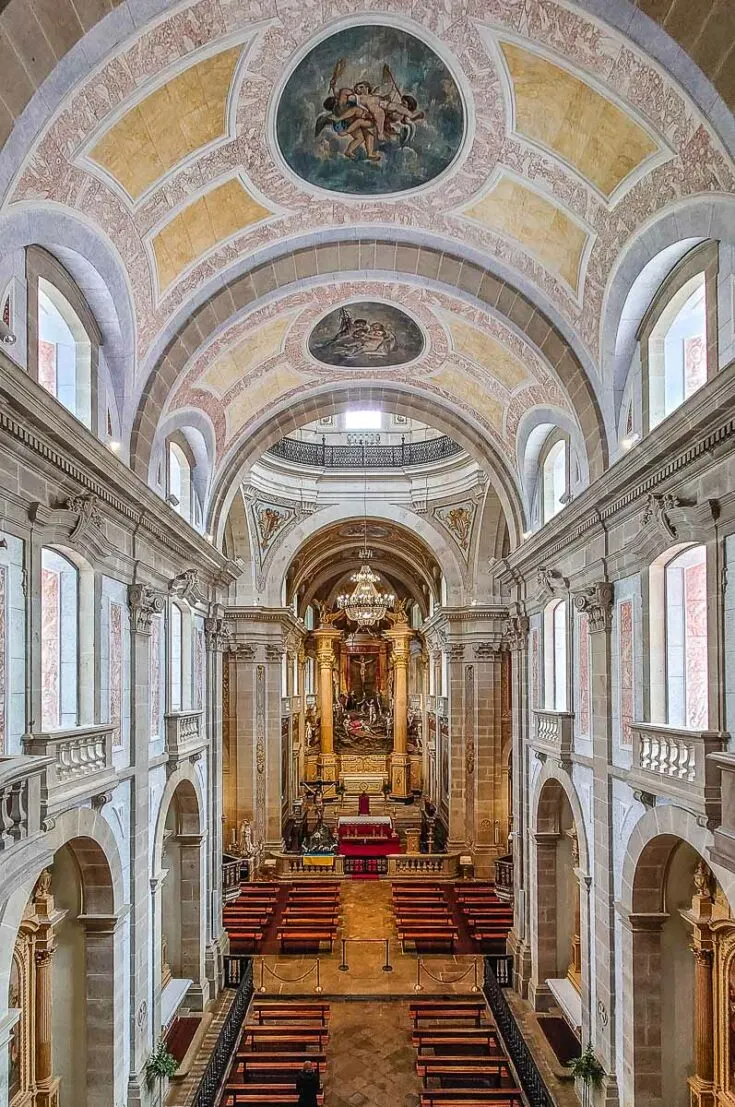
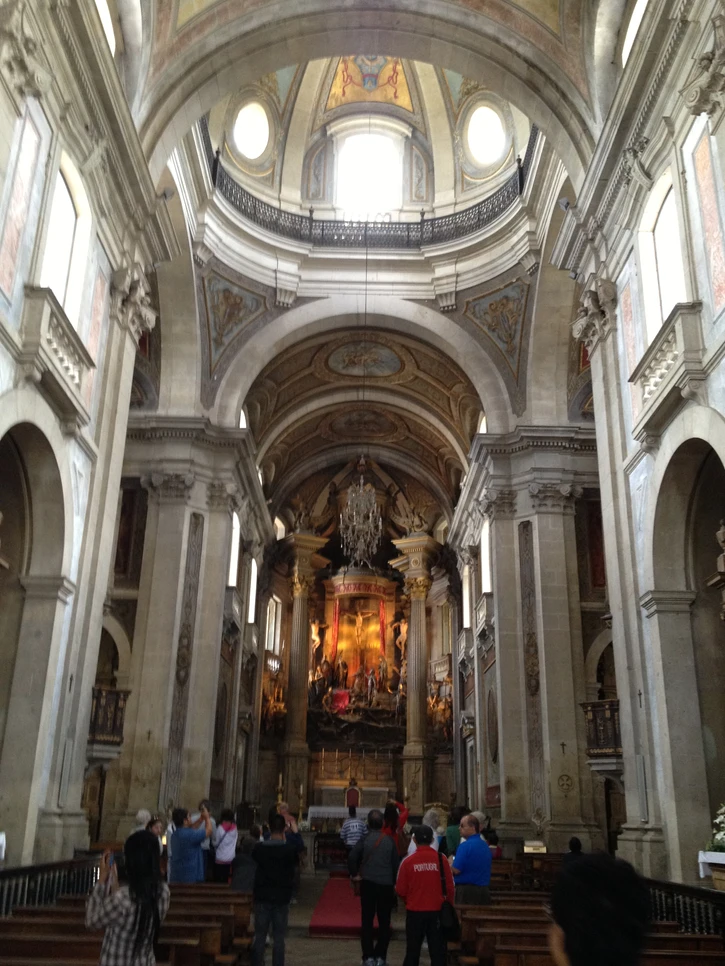
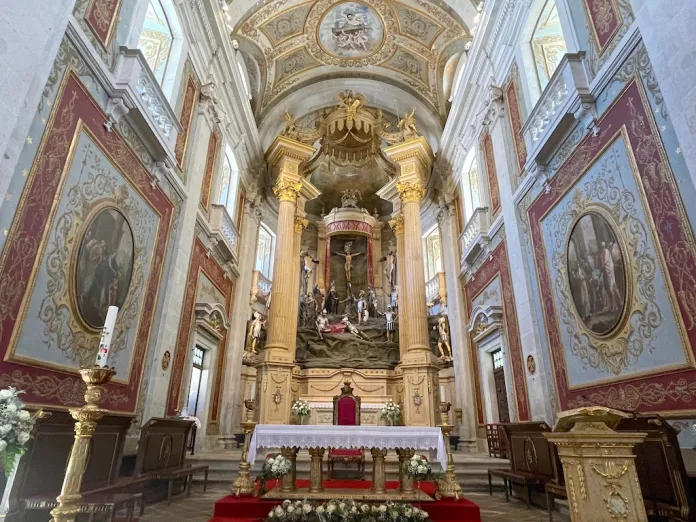




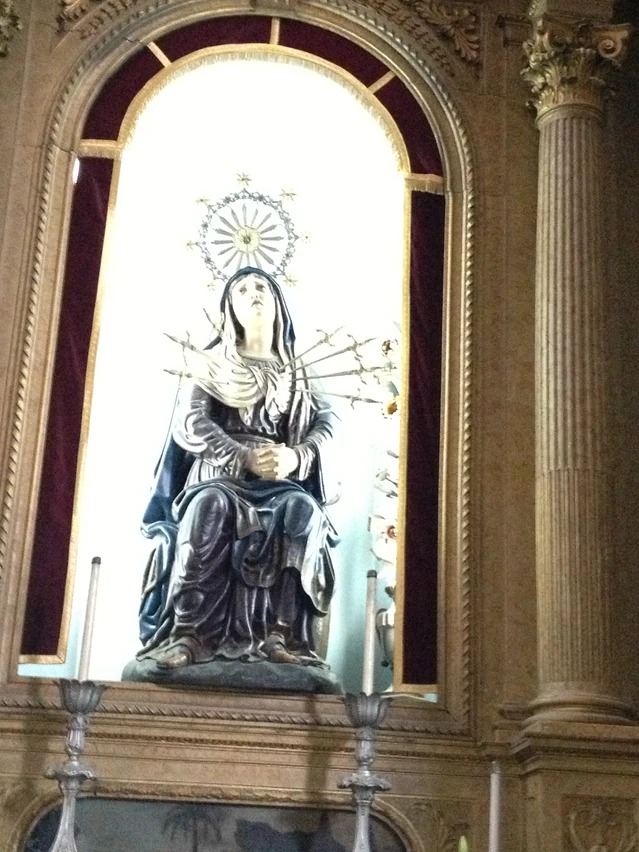
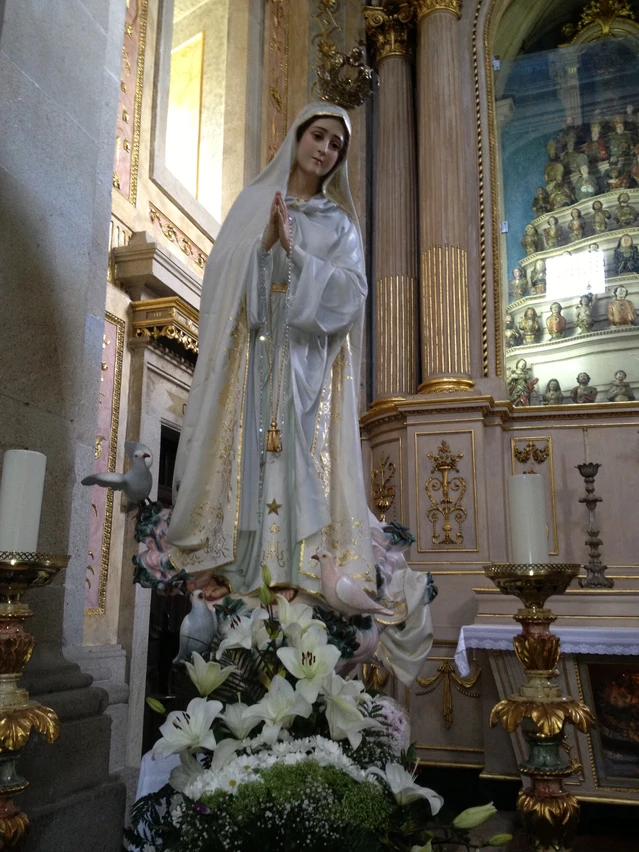
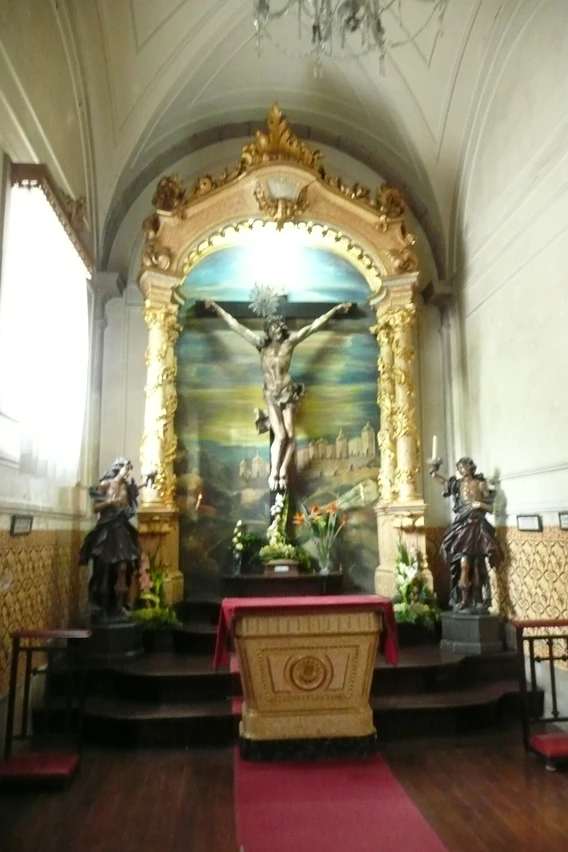
















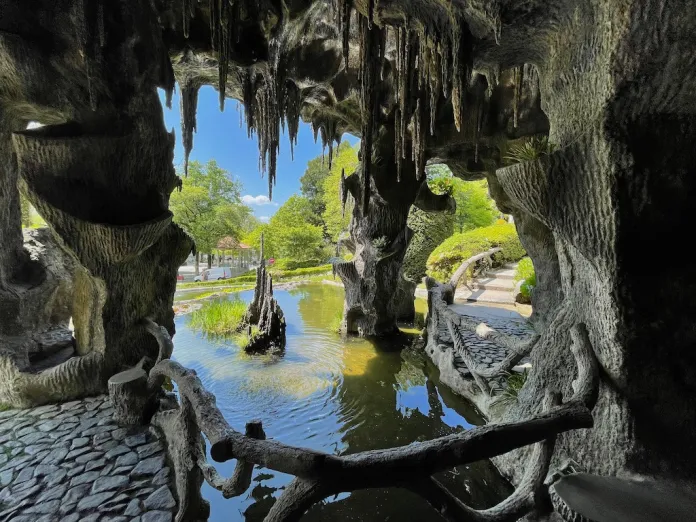


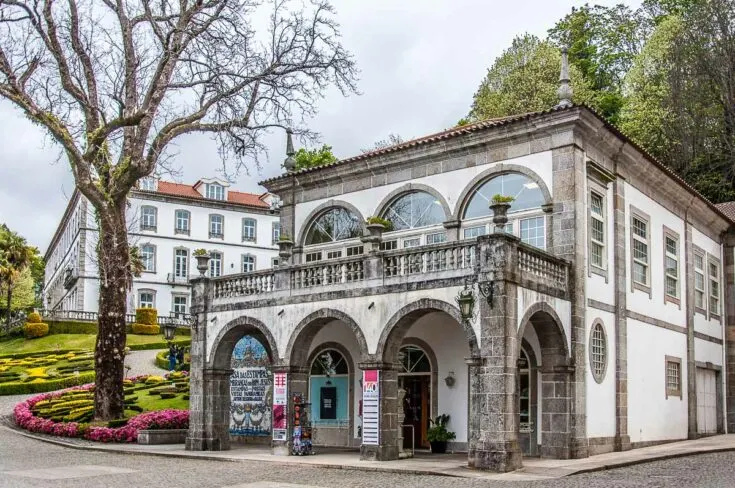
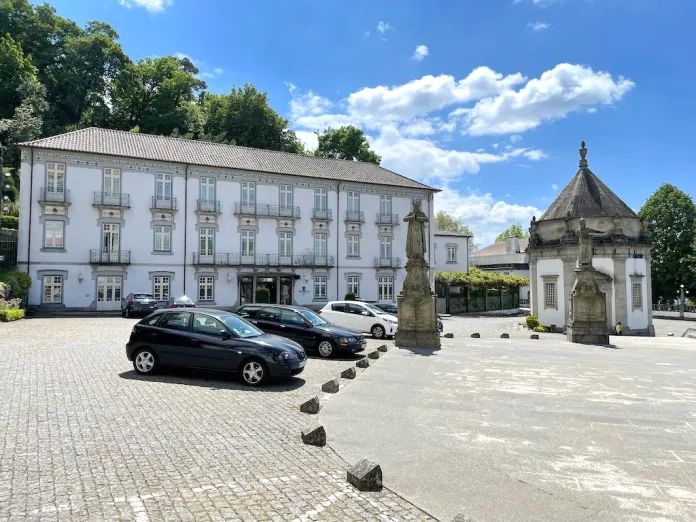
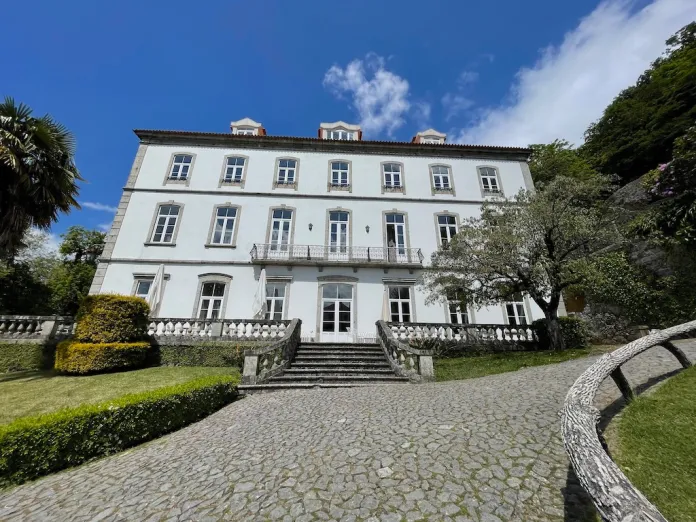
Comments